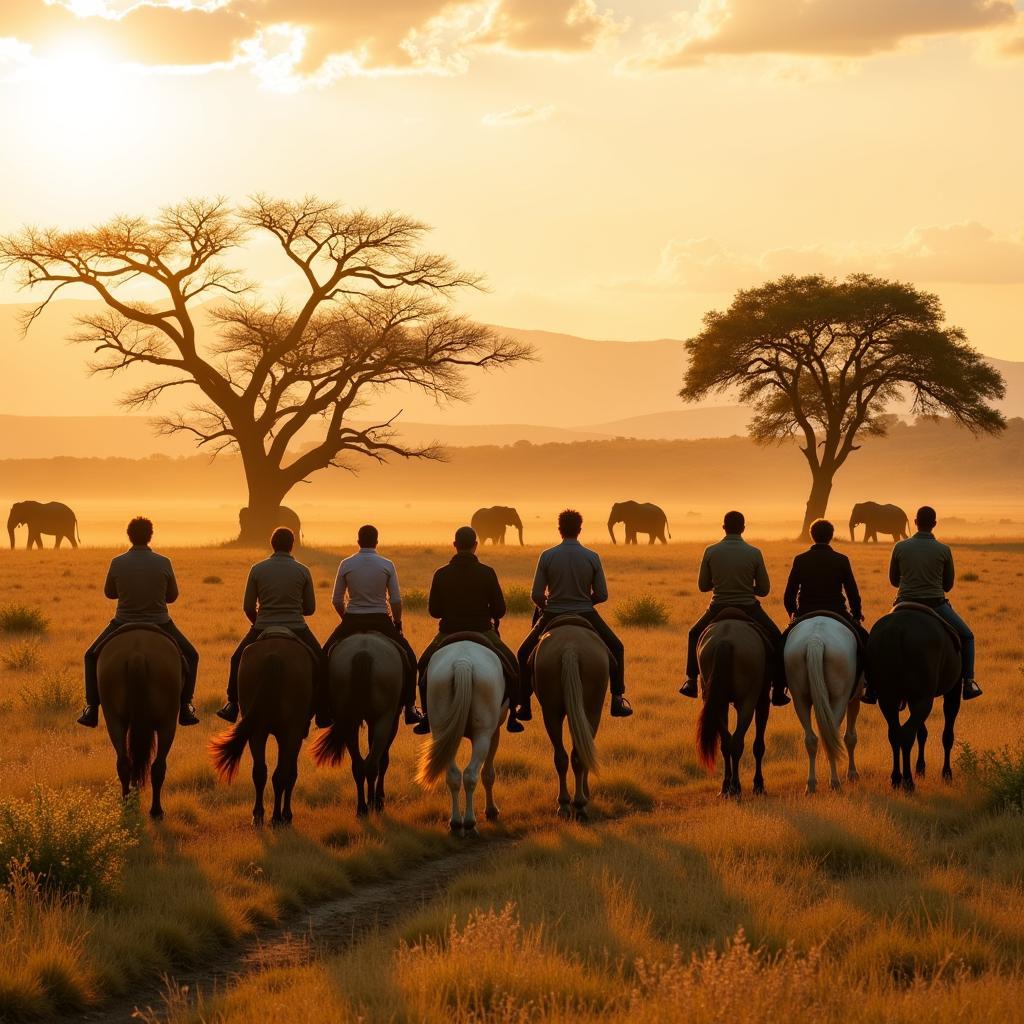The African Black Mamba Snake: Facts, Myths, and More
The African Black Mamba Snake (Dendroaspis polylepis) is one of the most feared snakes in the world. Known for its deadly venom and lightning-fast speed, this iconic African serpent has captured the imagination of people across the globe. But how much of what we hear about the black mamba is true? In this comprehensive guide, we’ll delve into the fascinating world of the African black mamba, exploring its behavior, habitat, venom, and the myths that surround this incredible creature.
Understanding the African Black Mamba: Beyond the Fearsome Reputation
Despite its name, the African black mamba isn’t actually black. Its scales can range from gray to dark brown, taking on a greenish-gray hue in certain lights. The “black” in its name actually refers to the inky black color inside its mouth, which it displays when threatened.
Contrary to popular belief, black mambas are not aggressive. They are shy and reclusive creatures that prefer to avoid confrontation. However, when cornered or feeling threatened, they will defend themselves with incredible speed and agility.
Habitat and Distribution: Where Does the Black Mamba Live?
African black mambas are found predominantly in sub-Saharan Africa, ranging from southern Sudan and Ethiopia in the east to Namibia and South Africa in the south. They prefer savanna, woodland, and rocky outcrops where they can find ample prey and shelter.
These snakes are primarily terrestrial, meaning they spend most of their time on the ground. However, they are also excellent climbers and are often found in trees, bushes, and even abandoned termite mounds.
Diet and Hunting: A Look at the Black Mamba’s Prey
African black mambas are highly efficient predators with a diet consisting primarily of small mammals, birds, lizards, and other snakes. They are diurnal hunters, meaning they are most active during the day, using their incredible speed and agility to chase down their prey.
Black mambas are ambush predators, relying on their camouflage to blend into their surroundings and strike their victims with lightning speed. Their venom is primarily neurotoxic, meaning it attacks the nervous system, leading to paralysis and respiratory failure.
The Venom: Unveiling the Black Mamba’s Deadly Weapon
The venom of the African black mamba is one of the most potent among venomous snakes. It contains a complex cocktail of neurotoxins and cardiotoxins that can be fatal to humans if left untreated.
Symptoms of a black mamba bite can appear within minutes, including pain, swelling, dizziness, difficulty breathing, and paralysis. Without prompt administration of antivenom, the venom can lead to respiratory failure and death.
Myths and Misconceptions: Separating Fact from Fiction
Over the centuries, many myths and legends have arisen around the African black mamba, often exaggerating its size, speed, and aggression. Let’s debunk some of the most common misconceptions:
-
Myth: Black mambas can chase and outrun a human.
-
Fact: While incredibly fast, black mambas are not known to chase humans over long distances. They are more likely to retreat or strike defensively if cornered.
-
Myth: Black mambas are always aggressive and will attack without provocation.
-
Fact: Black mambas, like most snakes, prefer to avoid confrontation and will only attack if threatened or cornered.
Conservation Status: Protecting the African Black Mamba
While not currently endangered, the African black mamba faces threats from habitat loss, human persecution, and the illegal pet trade. Education and conservation efforts are crucial to ensure the survival of this fascinating and important species.
FAQs about the African Black Mamba
1. How fast is an African black mamba?
African black mambas are incredibly fast, capable of reaching speeds of up to 12 miles per hour in short bursts.
2. Can an African black mamba kill an elephant?
While the black mamba’s venom is potent, it’s unlikely to kill a healthy adult elephant. However, it could cause severe pain and discomfort.
3. What should I do if I encounter an African black mamba?
If you encounter a black mamba in the wild, the best course of action is to remain calm and give it a wide berth. Do not attempt to approach, touch, or capture the snake.
Exploring the Wonders of African Wildlife
The African black mamba is just one of the many fascinating creatures that call the African continent home. To learn more about the incredible diversity of African wildlife, you can check out our African animal fact file.
The African Black Mamba: An Integral Part of the Ecosystem
The African black mamba plays a vital role in its ecosystem, helping to control populations of rodents and other small animals. Understanding and respecting these creatures is crucial for maintaining the delicate balance of nature. For a deeper dive into the world of this remarkable snake, you can find more information and captivating imagery at our African black mamba image gallery.
Conclusion: Appreciation Over Apprehension
The African black mamba is a creature of both beauty and danger, deserving of our respect and admiration. By dispelling myths and understanding its true nature, we can move beyond fear and appreciate the vital role this iconic serpent plays in the intricate tapestry of African wildlife. To understand the size difference between an African black mamba and its prey, take a look at this comparison of African bullfrog size vs snake.
Need help or more information? Contact us!
- Phone: +255768904061
- Email: kaka.mag@gmail.com
- Address: Mbarali DC Mawindi, Kangaga, Tanzania.
Our dedicated customer support team is available 24/7 to assist you!

